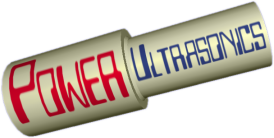Congratulation for this excellent forum !!
Best wishes for 2006 !
I am working with several commercially available devices that cut materials and they have obviously distinct cutting efficiencies.
I would like to physically characterize the devices and their cutting abilities.
I guess they differ in power, resonance frequency, micro-motion amplitude in the X, Y, and Z axes, cutting power and probably many other parameters that I even don't know about.
My question is (simple, hopefully the answer is simple as well) what to measure , how or where to measure all these parameters.
It is difficult, expensive, complexe, etc...
Best wishes to Chris and every body else
Sergi.
